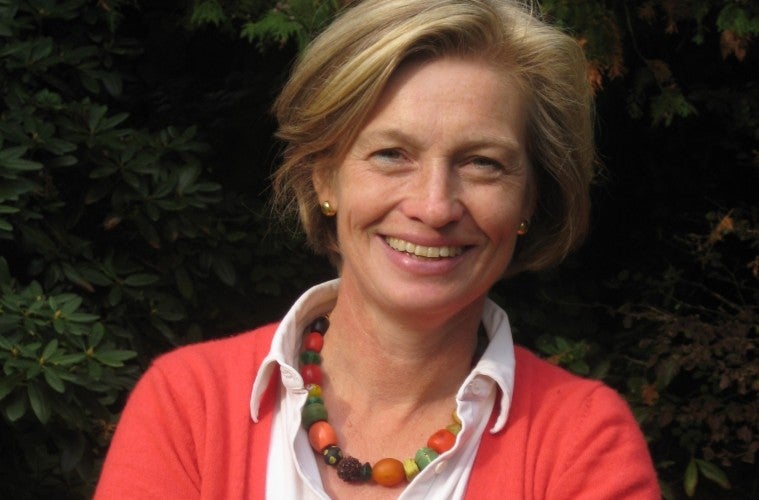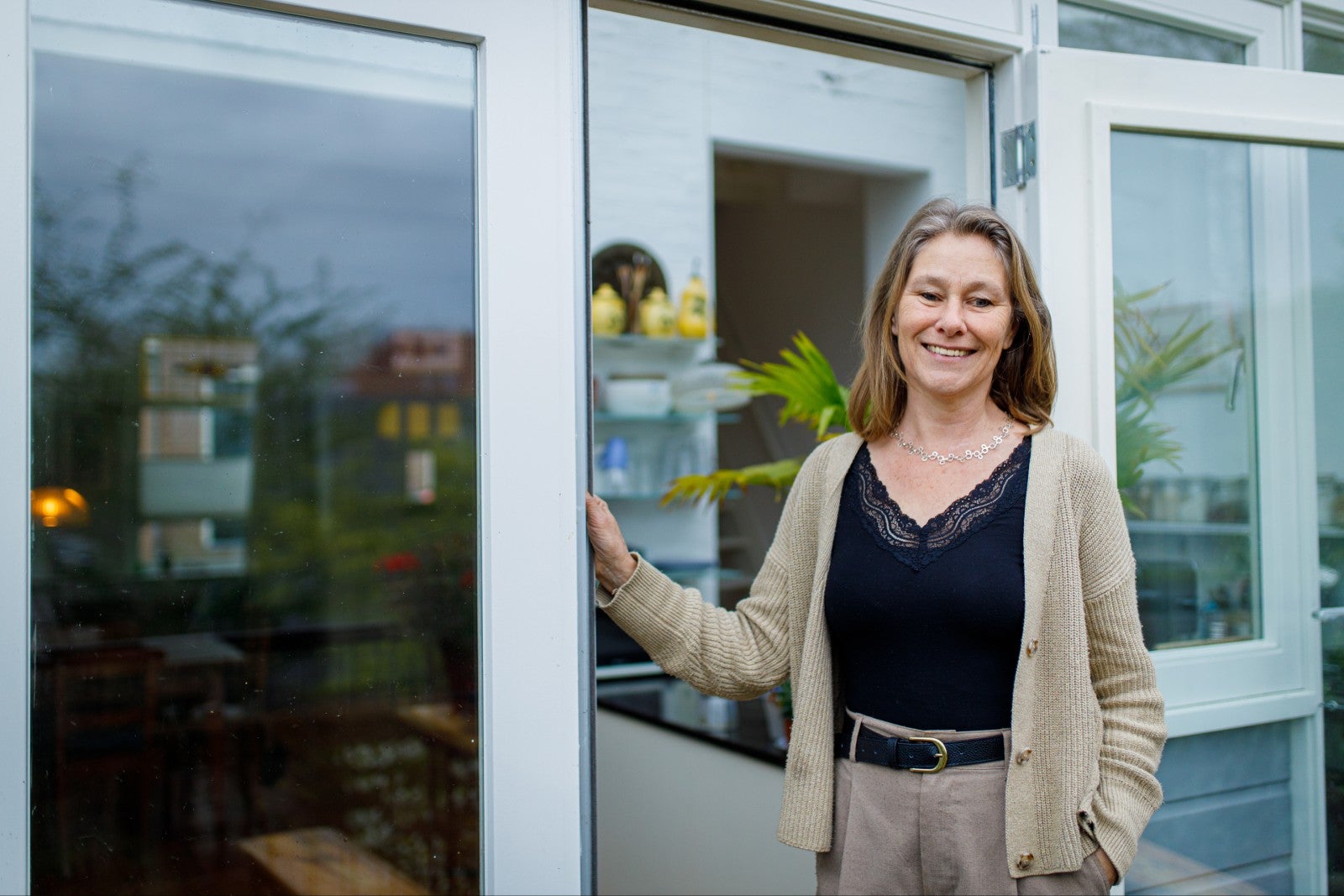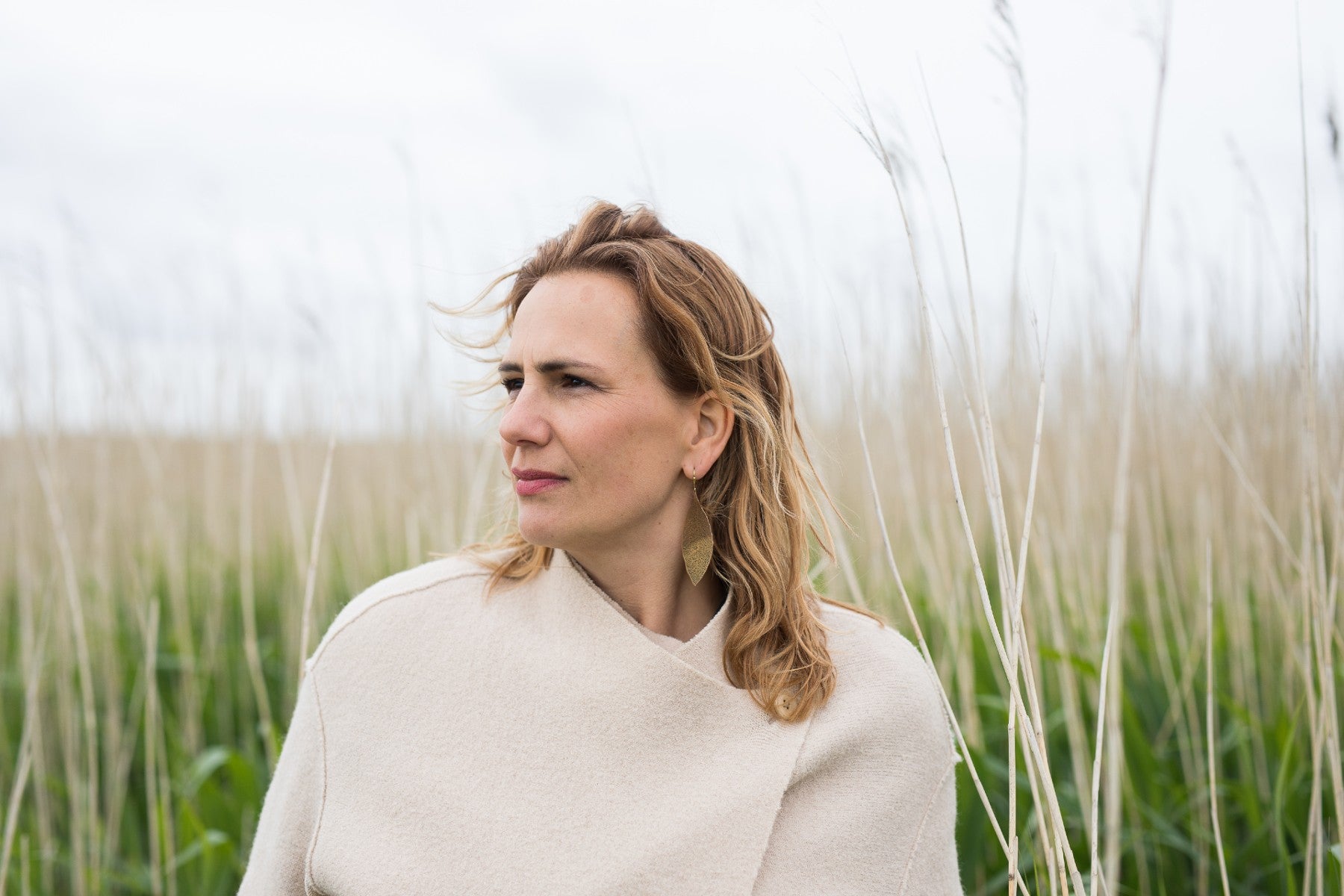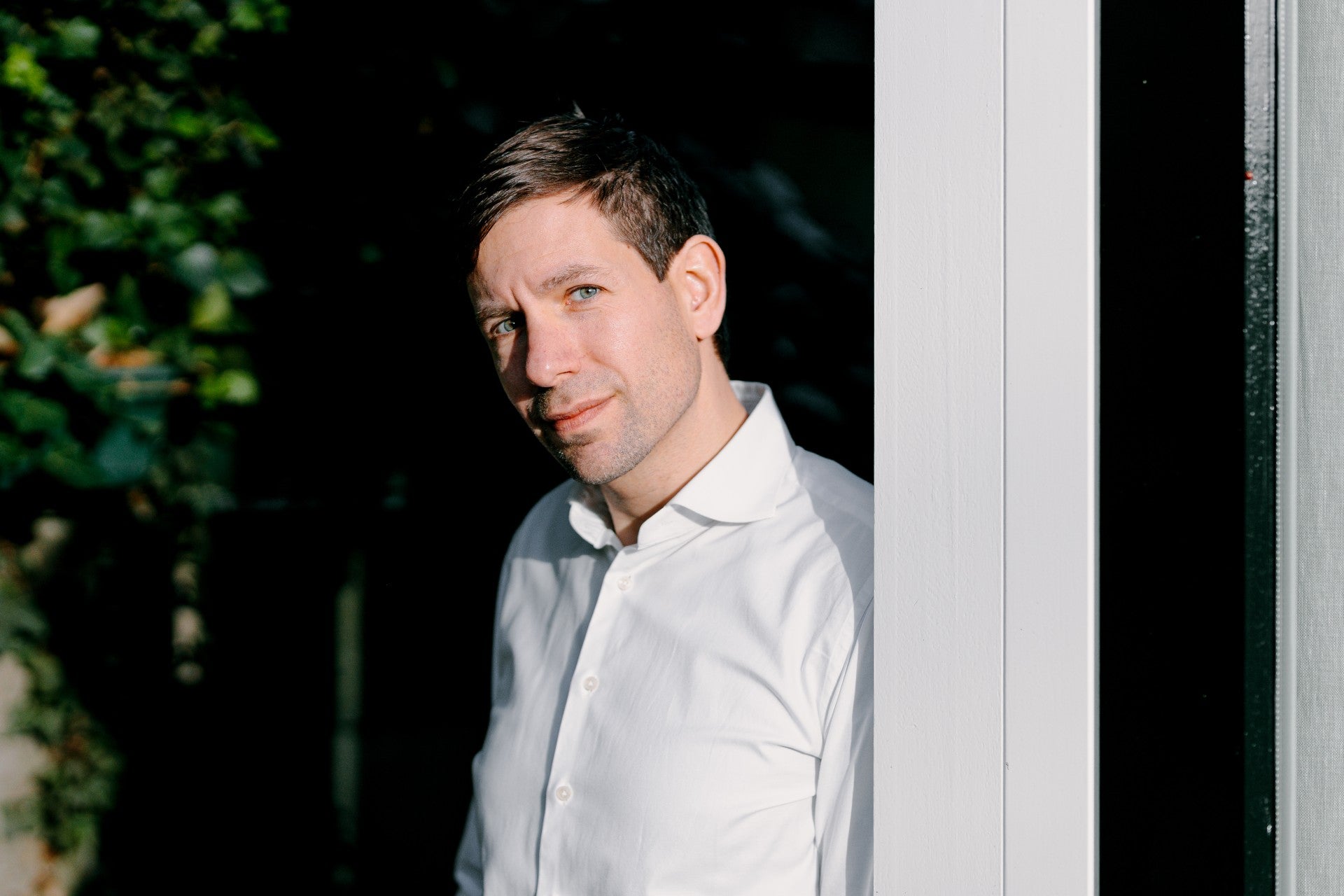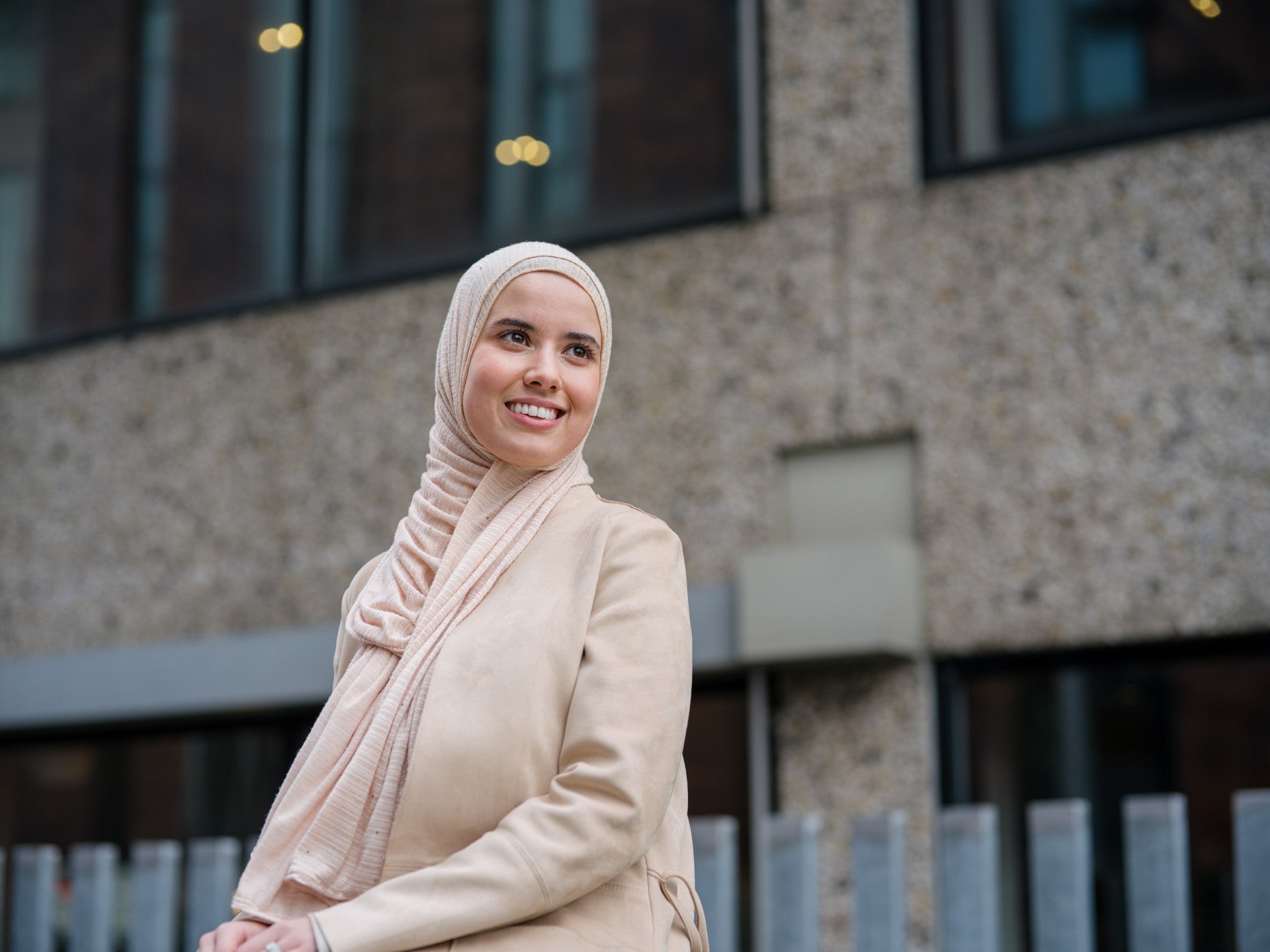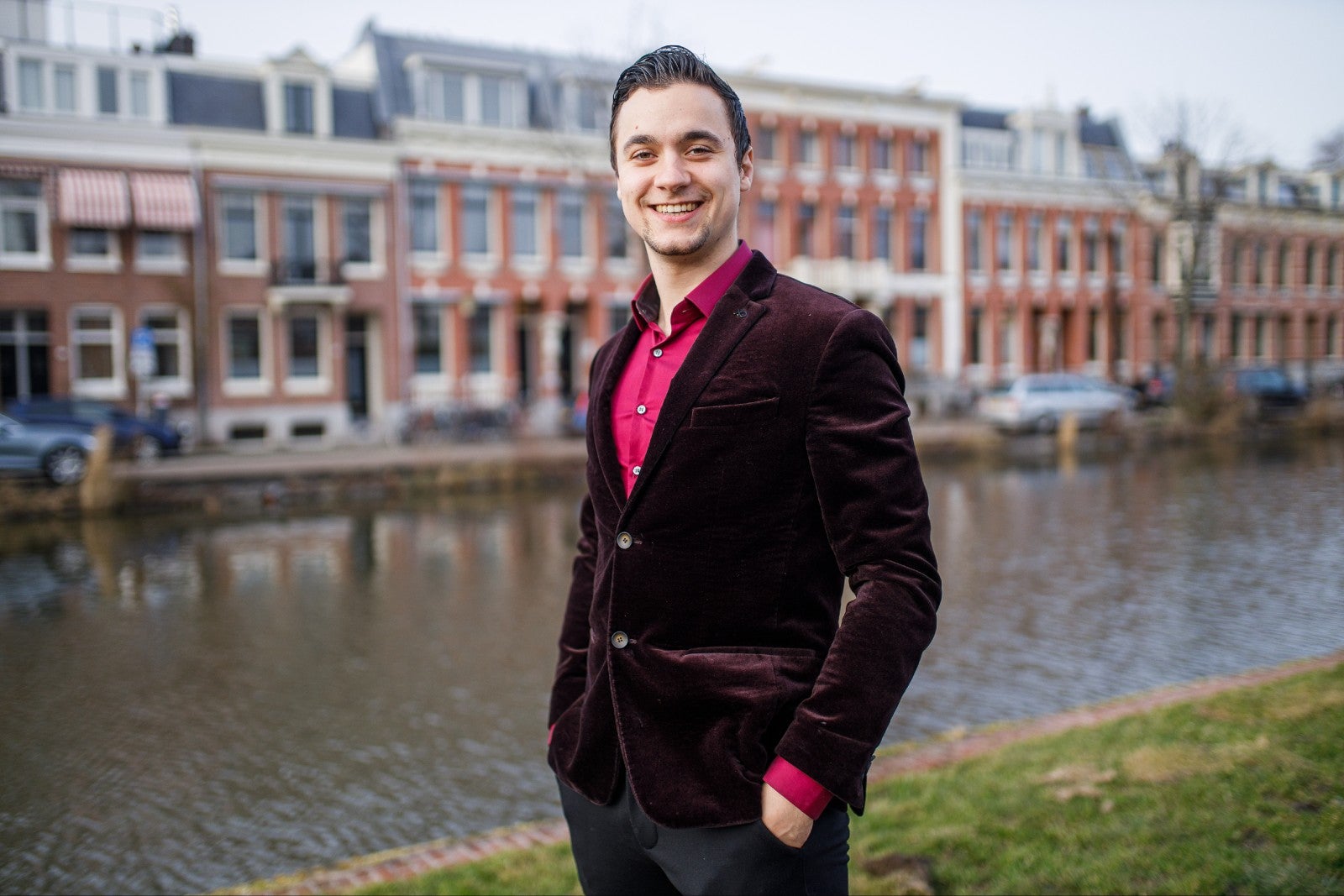Maleene de Ridder was turned down for medical school. Her dream was crushed. But Human Movement Science turned out to be a better fit for her. First, she helped to treat and prevent work-related injuries, but now she deals with the employees’ mental health instead. That way, she can make many of our lives better. Read her tips for busy-busy-busy people.
Why did you enjoy studying Human Movement Science so much? “It combined psychology and medicine, which was perfect for me and a great next step after my physiotherapy degree. It was also a new study programme, so we were real pioneers. The new and unknown aspects about it appealed to me. That’s part of my personality, which might be due to my family moving around a lot when I was young. In addition to the biomedical courses, I had electives about policy and management, because even then I saw that changing someone’s work behaviour was related to how a company was run. People have to be seen as part of their context.
At the end of my first year, I helped the occupational physician of the Amsterdam Energy Company as a working conditions consultant. The company had a big problem with excessive sick leave due to the hard physical labour involved. The occupational physician and the company wanted a structural solution to the problem, and I was allowed to lead the project. It was a perfect combination with my studies.”
Interesting side job. “Absolutely. I was more or less present at the birth of preventative occupational health care. We were real pioneers, having to find out what works and what doesn’t in real life. After my studies, I kept working there and I saw how work changed in a rapid tempo. Today, it’s almost impossible to realise how much more physical labour people did in the 1980s. With mechanisation, we need far less brute manpower, and so many smart solutions have been invented since then. On the other side, efficiency became more important, because we had to compete with the whole world. Work-related complaints shifted to complaints about stress and workload, such as RSI and burnouts.
Another development that I watched occur was to address people who have complaints on their lifestyle choices. The technicians at the Energy Company were all pack-a-day smokers, and all loved to eat greasy food for lunch. And they weren’t about to let us make rules to regulate that. It was a big challenge to get them to talk about it with us and to win their confidence.”
‘We often put off things we think are important’
Later on, you switched to coaching employees. How did that go? “I gave up my job at TNO when my husband’s work moved from Amsterdam to Enschede. But old clients still came to me with assignments. Gradually, I started working for myself, helping individuals and teams. During my studies, I had already laid a solid foundation with courses like psychology and information studies. And yet I wanted to become more professional in those areas. I decided to attend a study programme in America in the field of coaching and leadership. I chose for America because that is where they started studying these areas of expertise. That’s the source, and that’s where I wanted to learn it. So I went to the Hudson Institute in Santa Barbara.”
What is the biggest pitfall for the people you coach? “Since we’re all so busy-busy-busy all the time, we rarely take the time to think about what motivates us, what our strengths are and what gives our life meaning. In short, a moment for self-reflection. We don’t really learn that: at primary school, the placement tests tell us what we’re going to do later; after secondary school we think a bit about what we like to do, and then we quickly find out that we have to take whatever is available, as long as we find a job.”
What golden tips do you have for all of those busy people? “Regularly plan some time in your agenda to think about what motivates you, what your ambitions are, what is going well and what you would like to change in your personal or professional life – and then actually take that time to do it. It could be twice per year, but also once per week; whatever suits you best. But if you don’t plan it in, you usually won’t get around to doing it. We often put off things we think are important. The essence of my coaching is that you arrange your life and make choices according to what you really think is important, what your strengths are, and leave out the things that don’t fit in with that.”
You wrote the book Ambitie met een grote M (Ambition with a Capital ‘M’) especially for female medical professionals. Why especially for them? “Doctors are much more active than other people, and they spend much of their time reacting to events rather than acting. But it is crucial for them to take a moment to think about their performance on a regular basis. There is still so much to gain in that area. Plus, the medical world is still structured in a fairly traditional manner, and it hasn’t fully followed the modern developments in the field of work and care.
Women bear a special burden: they feel the pressure from their work to be just like the men – and the older generation of female doctors have adjusted to meet that demand. But younger women don’t want to do that anymore. When they start a family, they often become stuck. They want to be a good doctor, but they also want to spend time with their families. I see them wrestle with that all the time, and many of them quit because of it. I think that’s a terrible waste. We need those women and their talents badly, and they don’t really want to quit: being a doctor was their ideal job.
I know the medical world well, but I know it from a distance and I don’t share their blind spots. That helps me pull doctors out of their comfort zone and to look at themselves and their options more clearly. When they feel comfortable in their work, then not only they benefit; their patients and families do as well.”
Why do you focus especially on women? “I have an affinity with women and work. I was raised by an emancipated mother, one of the first mothers to go out and get a job. So I think that family and professional development are both important. For me, it is exactly that combination that gives me so much energy and meaning. I don’t think it’s either-or, but rather and-and. In 2013, women have unprecedented opportunities in their work, but their work environment often doesn’t provide enough support for their professional development. Women often have other needs than men do in that area. And the division of tasks at home is often still very traditional. That also applies to modern women, who think that they won’t fall into that trap. But I’ll come out and say it: everyone does. Due to the role patterns that they saw in their own parents, and what society expects from them, women also expect to do much more at home than their husbands or partners. That means that they actually have two jobs. So their radar is always on.”
Your book seems to be relevant for non-medical professionals as well. For example, have you experienced one of those ‘what now?’ moments you described in your book? And were you always able to prevent them from turning into a crisis? “What-now moments’ are moments where you ‘get stuck’, that you don’t know which way to turn. My pitfall is that I can’t always focus. I have broad interests, and I love new things and find it easy to improvise. That can go just fine for a long time, but with three children I had to make choices at a certain moment and accept that I couldn’t do everything myself. It never turned into a full-blown crisis; with all of the moving I’ve done in life I’ve learned to change course and to draw up my own plan. I’ve worked in several sectors: I was a researcher and trainer at the port authority, in the industry and in government, from the work floor to the boardroom. The cross-pollination that that creates is great. In the end, I decided to work with professionals, because I think that that’s where I can make a difference. I mainly work with medical professionals, but my clients also include attorneys, businesspeople, educators and self-employed business owners.”
CV CONTENTBLOK (Maleene de Ridder) ONTBREEKT NOG!!

